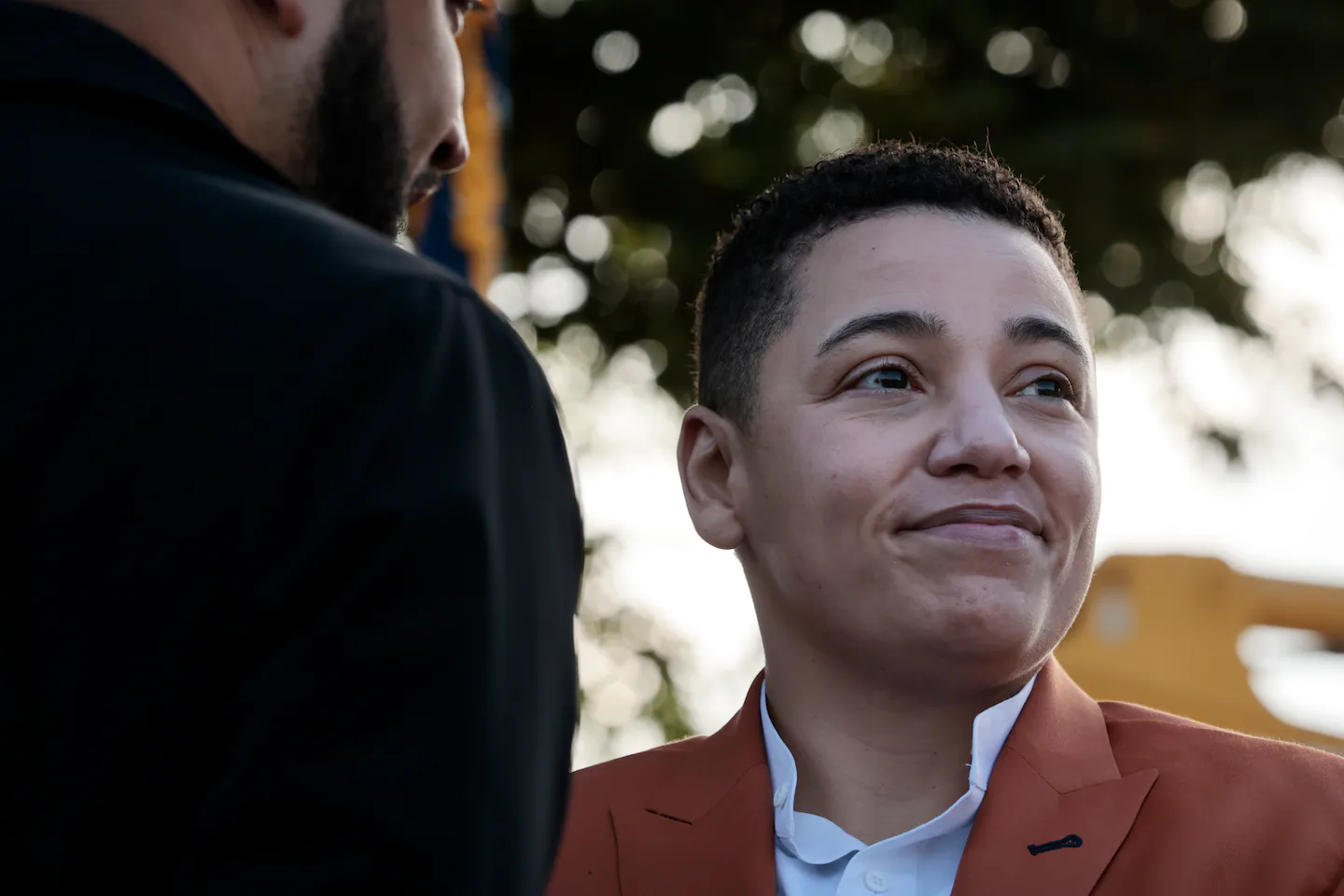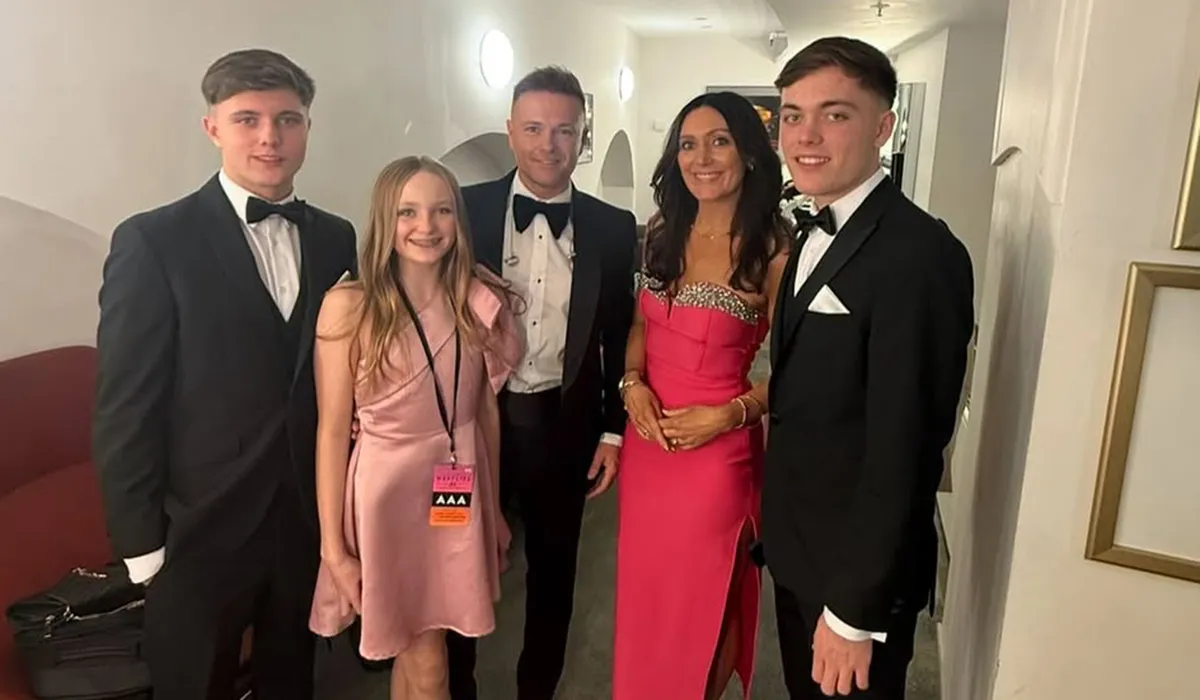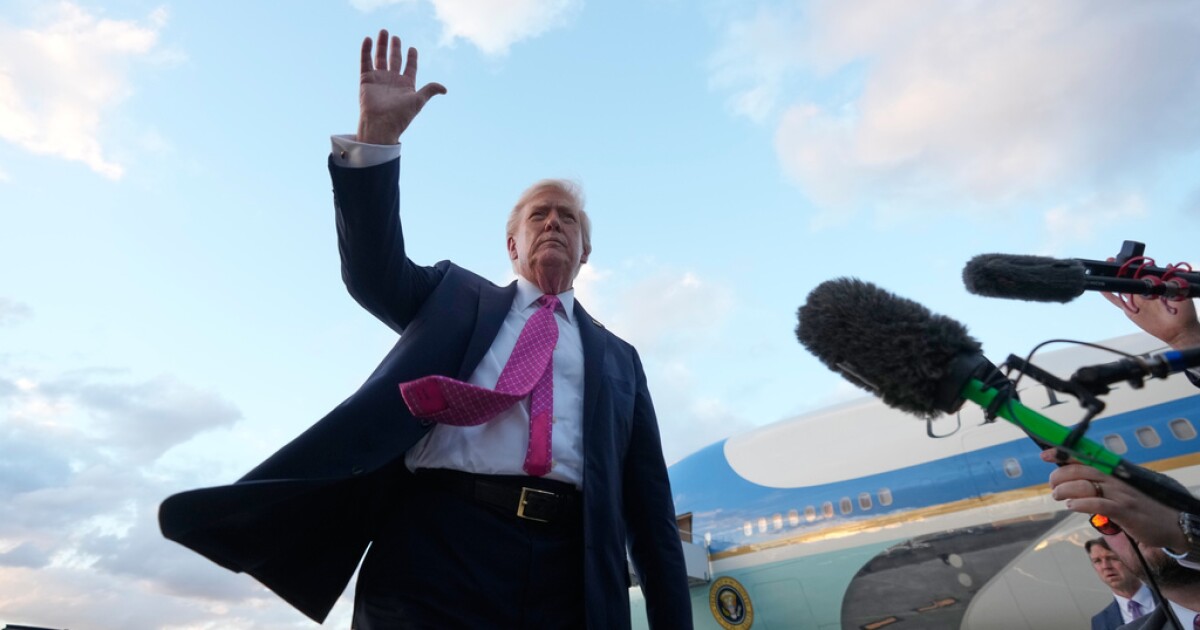Copyright STAT

Get your daily dose of health and medicine every weekday with STAT’s free newsletter Morning Rounds. Sign up here. Good morning. We’ve got a lot of news today, including two impressive, thorough stories from my colleagues. Please spend some time with Jason’s inside account of Moderna’s tumble and Rose and Lev’s look at the impact of massive cuts at SAMHSA. Advertisement The incredible shrinking Moderna Four years ago, the mRNA therapeutics company Moderna was on top of the world. It had more than quadrupled its staff to nearly 6,000 people, made plans for offices on five continents, leased a gleaming $1.1 billion headquarters, broke ground on a “Moderna University,” and rejected Wall Street’s advice to diversify beyond mRNA. Today, the company is facing a crisis unlike any in its 15-year-history. Vaccine sales have slumped without any new blockbusters to supplement them. Health secretary Robert F. Kennedy Jr. canceled $776 million in contracts to prepare shots for a potential bird flu pandemic. Meanwhile, the company’s market value has fallen by more than 90% from its 2021 peak. Layoffs and restructurings have roiled the staff. STAT’s Jason Mast interviewed more than two dozen former and current Moderna employees, along with analysts, rival executives, investors, and experts in mRNA and vaccines to understand how the company arrived at this treacherous moment, and where it goes from here. In short: Moderna’s great unraveling is neither simple, nor finished. Read more on the company’s “Shakespearean flaw,” a private Maroon 5 concert, and a political earthquake. Advertisement What we know so far about Hurricane Melissa’s toll Hurricane Melissa, which swept across Jamaica on Tuesday and hit Cuba yesterday, is the most powerful of the season and one of the strongest Atlantic storms in history. As of yesterday afternoon, dozens of people were reported dead in Jamaica, Haiti, Cuba, and the Dominican Republic due to the storm. The full extent of the damage is still unclear due to widespread power outages. Several hospitals in Jamaica have suffered damage, per reports. The only public hospital in St. Elizabeth Parish (a subdivision of one of the country’s three counties) had to be evacuated after losing power and its roof. The group Doctors Without Borders is planning to send emergency teams and supplies to Jamaica as soon as the airport opens. More news is sure to come. Last year, hospitals in the U.S. resorted to giving patients Gatorade to stretch IV fluids after Hurricane Helene shuttered a major manufacturing plant. After Hurricane Fiona in 2022, rural health clinics in Puerto Rico had to wait 10 days or more for needed fuel, while bigger hospitals turned to diesel-fueled generators. As a reminder, while climate change probably hasn’t increased the number of hurricanes and other storms that occur each year, it is likely contributing to making those storms more and more intense. 518,324 That’s how many cases of cholera have been confirmed in 32 countries across the world from the beginning of the year through Sept. 28, according to a new WHO report. More than 6,500 people have died — already more than the total number of cholera deaths in 2024, which was itself a 50% increase from the year before. Amid national crises, SAMHSA is decimated For 33 years, the Substance Abuse and Mental Health Services Administration has been the main federal vehicle shepherding the country through behavioral health catastrophes like the ongoing suicide and drug overdose epidemics. But since January, layoffs and funding cuts have ground much of the agency’s work to a halt. Less than half of its 900 staff remain, including just 5 of the agency’s 17 most senior leaders. In some cases, the administration has used layoffs to brute-force policy and personnel changes that Congress had previously ignored. Advertisement To understand the Trump administration’s full impact on the agency and its work, STAT’s O. Rose Broderick and Lev Facher interviewed more than 30 current and former SAMHSA officials, Capitol Hill aides, lobbyists, and leaders in the behavioral health field. Experts told them that beyond threatening existing mental health and addiction programs, losing the expertise of hundreds of employees could derail Trump administration initiatives, too. “You wouldn’t want to get your car repaired from someone who just read a book about a car,” said Anne Mathews-Younes, a retired SAMHSA employee. Read more of my colleagues’ comprehensive accounting of the decimation of the agency and its murky future. New study offers insights into how the immune system changes with age It’s no secret that our bodies’ ability to ward off pathogens and mount strong vaccine responses weakens with age, but researchers don’t fully understand how this happens. Now a study published in Nature on Wednesday offers fresh insights. A research team led by the Allen Institute studied immune cells taken from more than 300 healthy adults, ranging from 25 to 90 years old. They found that while immune cells from participants tracked over a two-year period didn’t show major changes, there were clear differences in gene activity between cells from 25-to-35-year-olds compared with 55-to-65-year-olds. Many of these differences showed up in T cells, which shape the scale and strategy of an immune response. One change in particular caught the authors’ eye. Memory T cells, which help the immune system mount faster and stronger responses to pathogens it has seen before, became less adept with age at supporting effective flu vaccine responses. The authors suggest that it might be possible to prevent or reverse these changes by pairing vaccines with immune signals that steer T cell activity in the right direction. — Jonathan Wosen How much we rely on international clinicians Last month, President Trump announced that new H-1B employment visa applications — intended for skilled workers in specialized fields — will now come with a $100,000 fee, a massive increase from the previous cost of a few thousand dollars. Health policy experts are worried that the change will have disastrous effects on the U.S. health care system, and professional groups are pushing for a fee exemption for doctors. A study published yesterday in JAMA gives an in-depth picture of how much the country’s clinics rely on providers who arrive on these visas. Advertisement Researchers analyzed data from all 2024 employer petitions for H-1B visas. Almost 1% of all doctors in the U.S. are here on H-1B visas, according to the study. Fewer advanced practice providers, dentists, and other health care workers are brought in through the program. But importantly, there was also variance in which parts of the U.S. most heavily rely on international clinicians. Rural areas have twice as many H-1B sponsored doctors as urban areas, and counties with the most poverty relied on them four times as often as those with the lowest poverty rates. Exempting physicians from the fee “is, therefore, in the national interest,” an accompanying JAMA essay argues. “Policies should bring physicians to the bedside, not push them away.” What we’re reading



